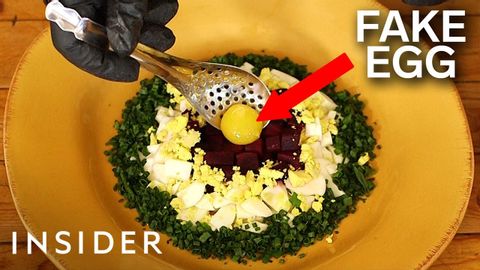
字幕と単語
What It Takes To Be A Food Stylist For Movies And TV Shows | Movies Insider
00
joey joey が 2021 年 05 月 25 日 に投稿保存
動画の中の単語
elaborate
US /ɪˈlæbəret/
・
UK /ɪ'læbəreɪt/
- v.t./i.詳細に述べる;精巧に作る;詳しく展開する
- adj.手の込んだ : 精巧な : 入念な
B2 中上級TOEIC
もっと見る エネルギーを使用
すべての単語を解除
発音・解説・フィルター機能を解除
